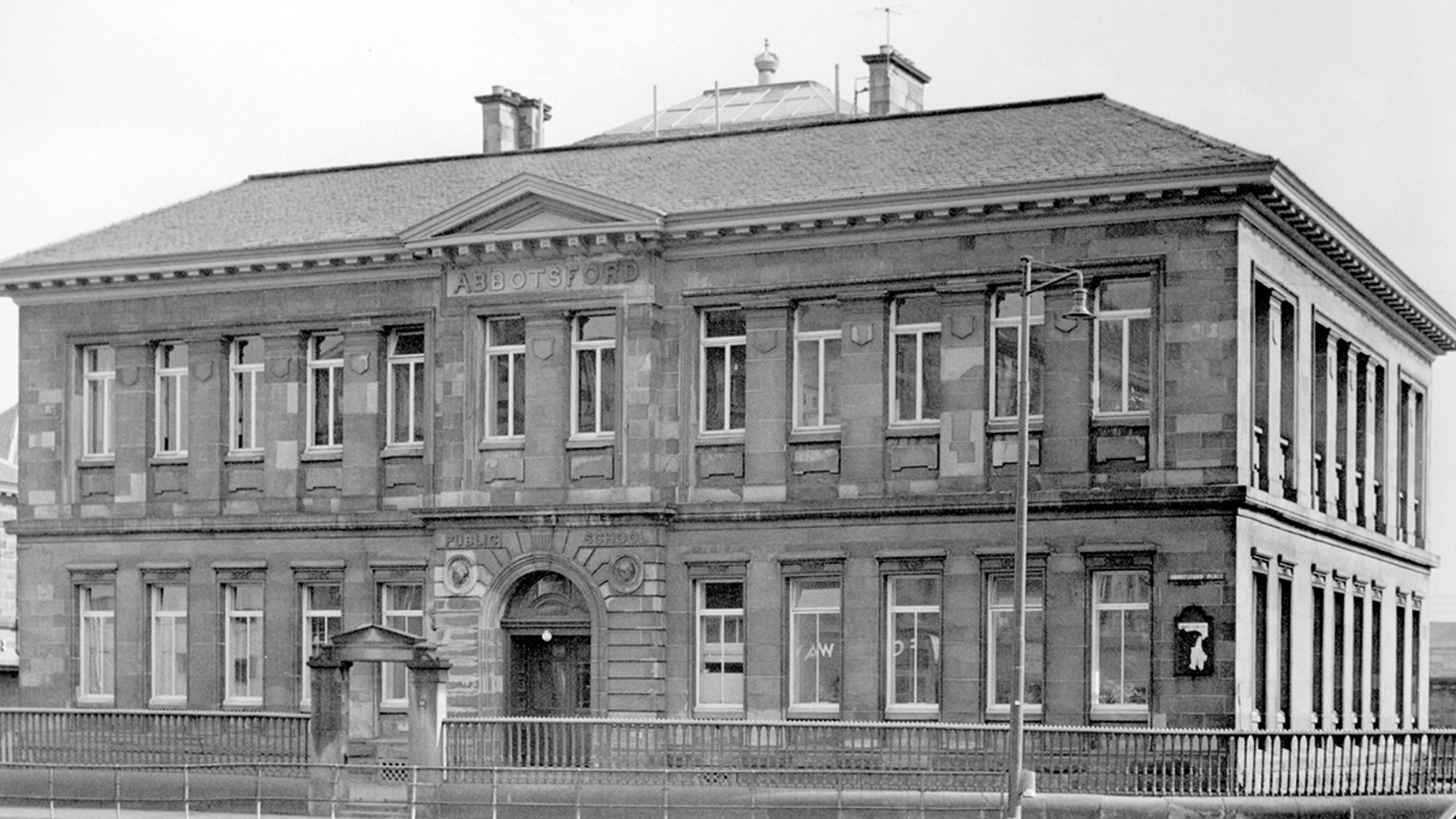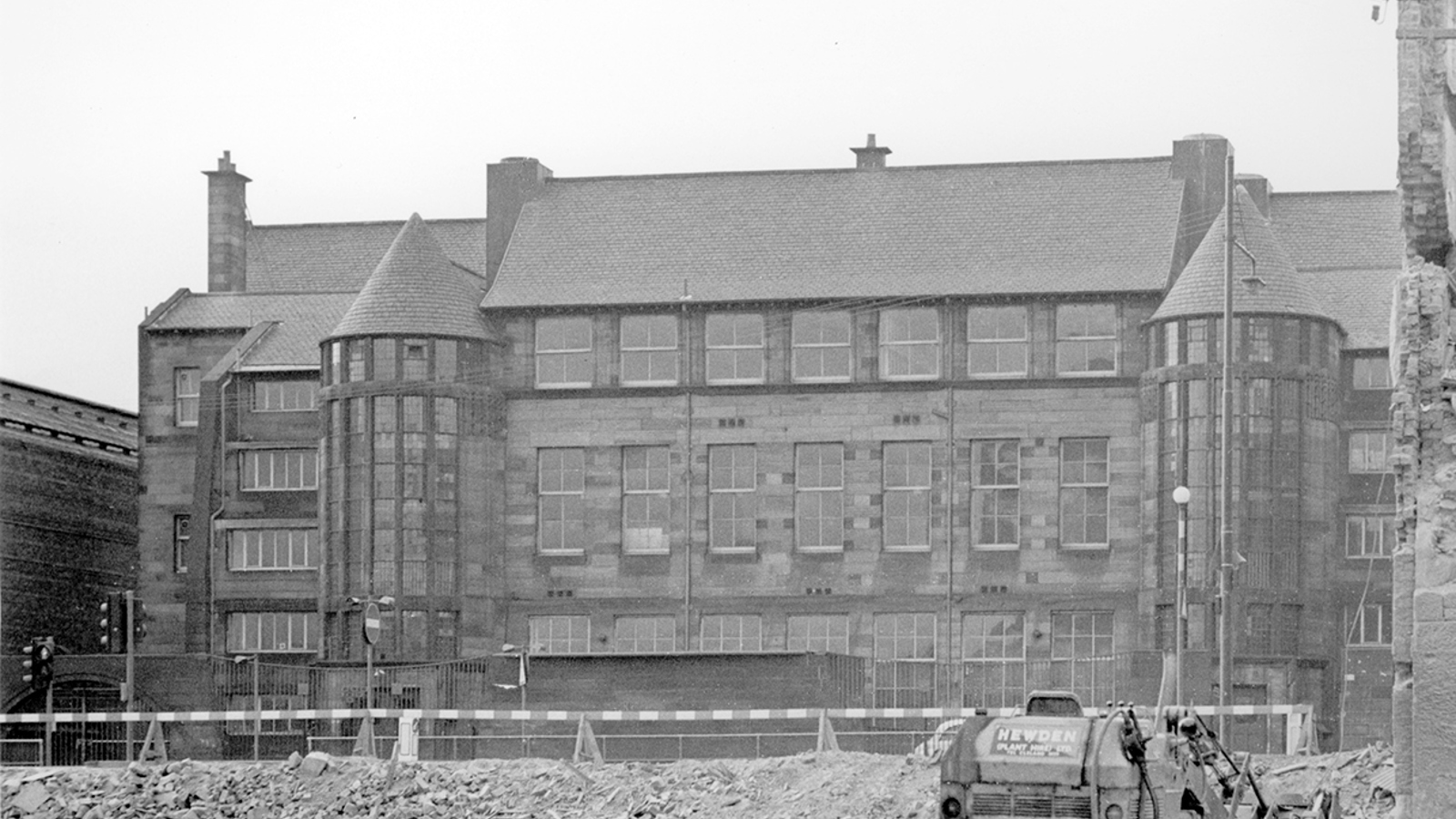The School Board of Glasgow - Times Past

In partnership with the Glasgow Times, our archivists are exploring Glasgow's fascinating history. This week, Barbara Neilson writes about the School Board of Glasgow and its schools.
If you grew up in Glasgow, the odds are good that you received some of your education in a school board building. Schools such as Abbotsford (1879), pictured above, Washington Street (1890) and Martyrs (1897) were all built by the largest single school board in Scotland: The School Board of Glasgow.
The Board, created by the Education (Scotland) Act 1872, celebrates its 150th anniversary this year. The Act made education compulsory for all children aged 5-13 years old. The creation of almost a thousand school boards were legally required to provide a school place for each child. The Act became the catalyst for a massive building and training programme throughout the country. This was to supply the schools and teachers to fulfil the boards’ legal obligations.
We hold records that reflect extraordinary investment. The School Board of Glasgow (established in 1873) records are particularly illuminating as it was a pioneer in many areas from its introduction of teacher training to the architecture of the schools.
The Board had fifteen elected members. Elections were triennial, and votes were secret. Women, as well as men, could vote and stand for election as school board members. Glasgow elected several female board members including Grace Chalmers Paterson (b. 1843) who served for over two decades and who was also the first principal of the Glasgow School of Cookery.
The task before the created Board was enormous. It was now responsible for educating almost 90,000 children within the city. With only 200 existing schools available, there was a shortfall of almost 30,000 places. More schools were needed. An intensive building programme began with an ambitious target: thirty new schools. The target was met within a decade and over 70 new schools built, the last being Bernard Street in 1916.
Several significant Glasgow schools are among the roster. Arguably the most famous was, and continues to be, Scotland Street School designed by Charles Rennie Mackintosh. The Board was unusual in Scotland as it engaged private architects to design its schools rather than relying on its own employed architects. The approach was not without its drawbacks. Mackintosh’s relationship with the Board was tumultuous at times as he chafed against a strict design remit and was even admonished for diverging from the agreed plans. If the Board hadn’t favoured private architects, the iconic Scotland Street School and other architecturally diverse school buildings would not be here.
The Board was wound up and replaced by the Glasgow Education Authority in 1918. Its ending marked forty-five years of the largest investment in the city’s schools. It gifted Glasgow an architectural legacy still evident in the city today.

